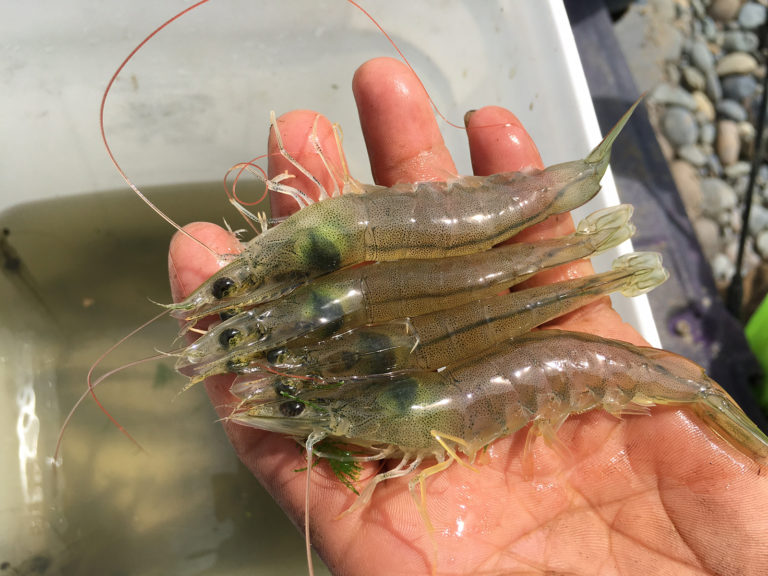
Health & Welfare
Updates on shrimp diseases AHPND, NHP at Aquaculture America 2018
Several shrimp-disease papers were presented at Aquaculture America 2018, including one on the detection of AHPND at a site in the United States.
Intelligence
More R&D and investment is needed to address various ongoing issues in shrimp farming, including genetic improvement, nutritional requirements and feed ingredients, health management and other issues.

Health & Welfare
Several shrimp-disease papers were presented at Aquaculture America 2018, including one on the detection of AHPND at a site in the United States.
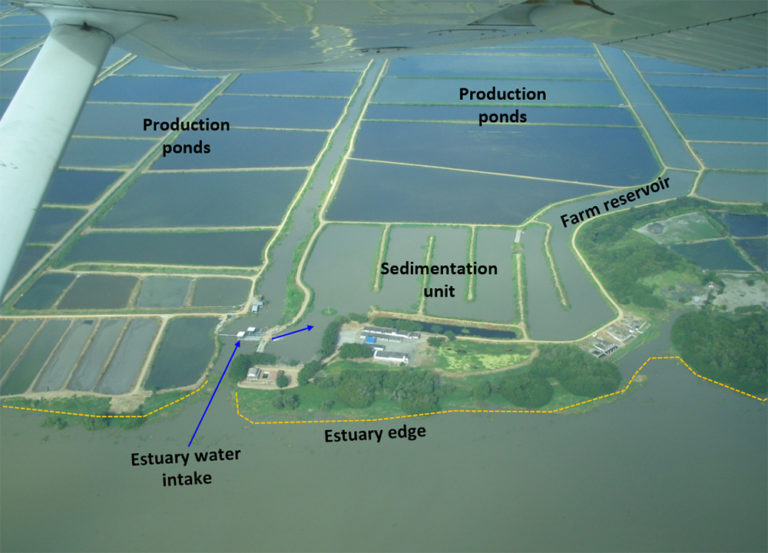
Responsibility
Varias grandes granjas de camarón en América Latina, originalmente construidas para operar con un recambio significativo de agua a través de flujo abierto con el medio ambiente circundante, han sido retro-adaptadas a un modo de operación de recirculación de agua.
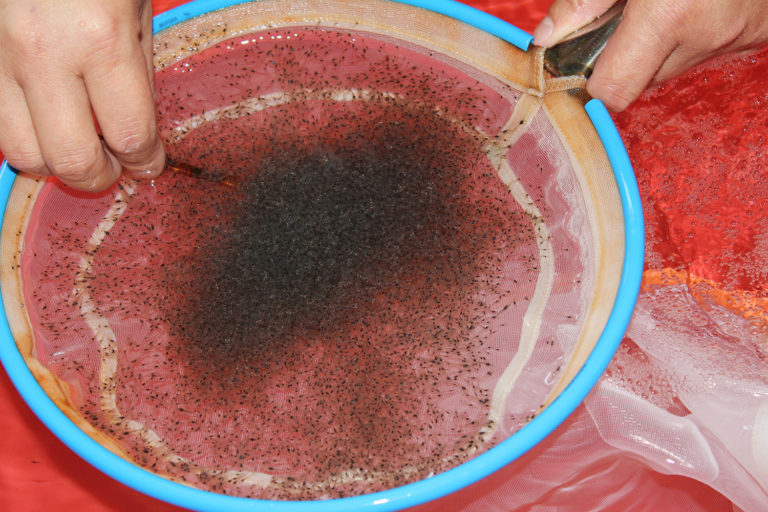
Health & Welfare
Stocking the best quality shrimp postlarvae, healthy and free of pathogens, is a critical management step with significant effects on the production and profitability of a shrimp farm.
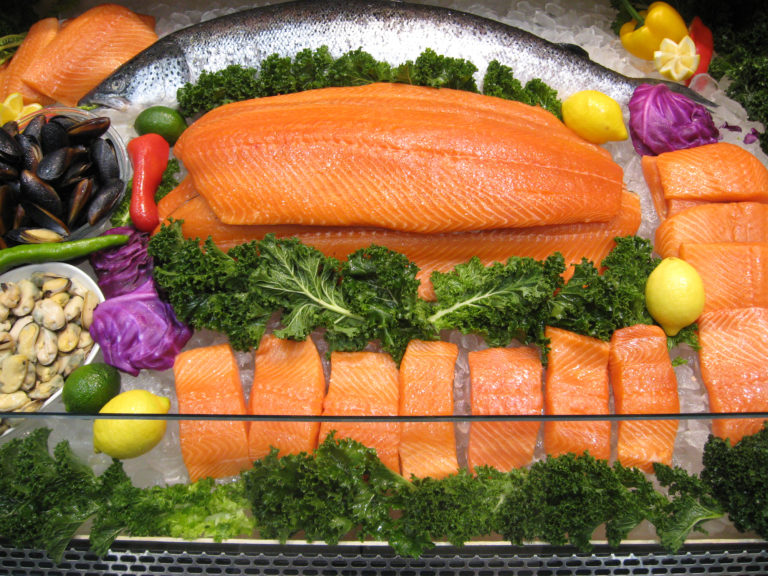
Innovation & Investment
Some investors like what they see in aquaculture and its potential to produce wholesome, high-quality food for a growing population. But critical questions must be answered if the industry is to attract the amount of money it needs.
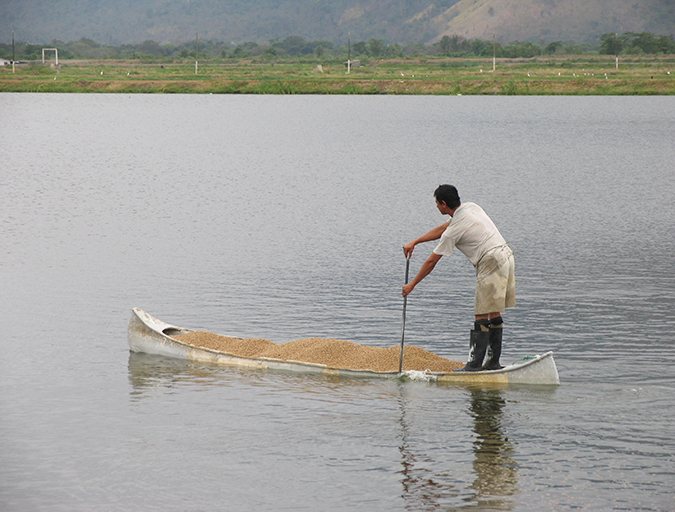
Aquafeeds
La integridad física y la lixiviación de nutrientes de los alimentos acuícolas para camarón son aspectos importantes en su control de calidad. La estabilidad en el agua de los alimentos de camarón se evalúa a menudo de diversas maneras subjetivas. Este procedimiento analítico proporciona una línea de base para que el fabricante de alimentos acuáticos evalúe la calidad del producto.
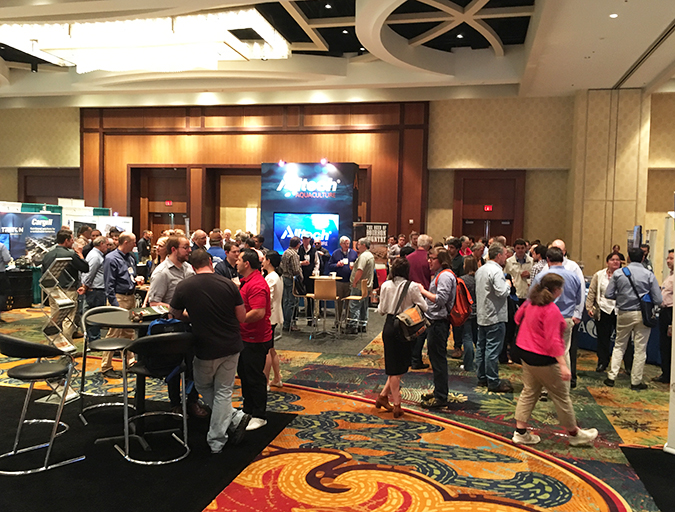
Innovation & Investment
This year’s Aquaculture America in San Antonio, Texas, provided significant learning and networking opportunities. It successfully brought together 14 U.S. aquaculture organizations and more than 1,600 participants from Europe, Asia, Africa and Australia.
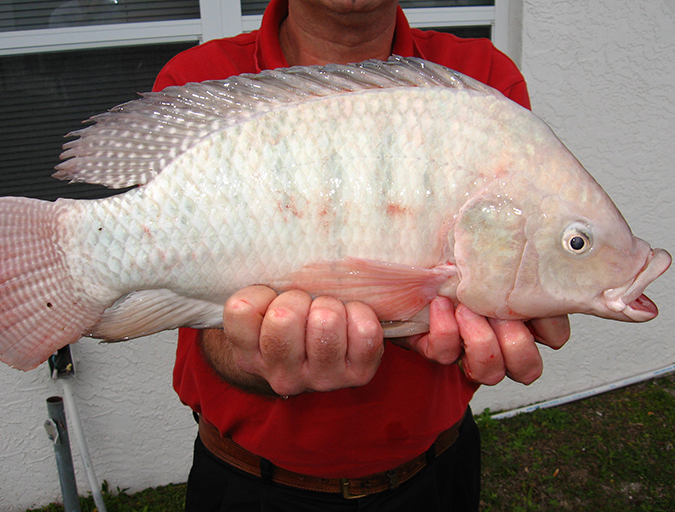
Intelligence
Tilapia aquaculture has expanded significantly in the last 30 years. Production systems range from extensive, low-density and low-technology in small earthen ponds, to semi-intensive systems in larger ponds, to recirculating systems with high densities.

Aquafeeds
The physical integrity and nutrient leaching of shrimp aquafeeds are important aspects in their quality control. The water stability of shrimp aquafeeds is often evaluated in various subjective manners. This analytical procedure provides a baseline for the aquafeed manufacturer to assess product quality.
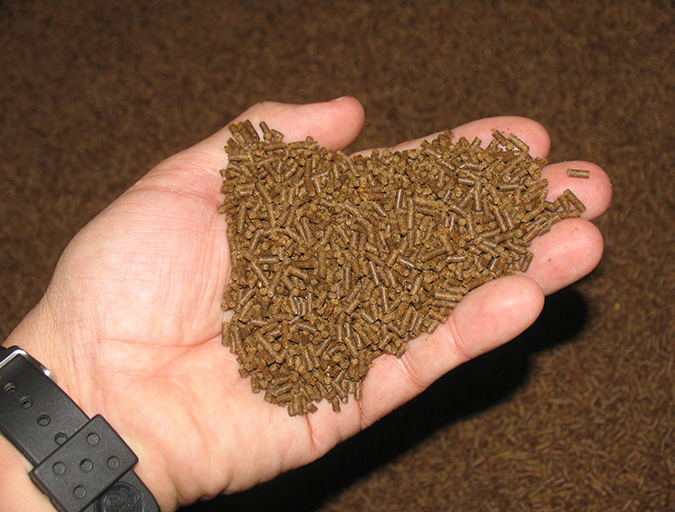
Aquafeeds
Los métodos eficaces de manejo de los alimentos acuícolas son fundamentales para la producción eficiente de camarón cultivado y para minimizar el impacto ambiental. En la segunda parte de su serie, el Editor Emeritus Darryl Jory analiza la gestión de la alimentación de camarón en términos de aplicación, distribución, frecuencia, cálculos y prácticas de ajuste.
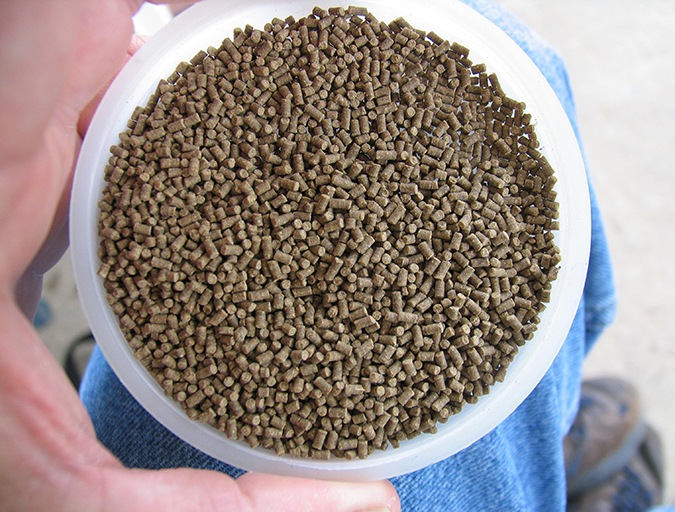
Aquafeeds
Los sistemas de producción de camarón y su manejo de alimentos deben ser considerados juntos. Esto requiere una comprensión de los aspectos biológicos de las especies objetivo y de su edad, del sistema de producción utilizado, de los procesos químicos y biológicos que controlan el agua y la calidad del fondo, y del monitoreo continuo del sistema y la retroalimentación para proporcionar insumos y ajustes apropiados y oportunos.

Aquafeeds
Effective aquafeed management methods are critical for efficient production of farmed shrimp, and to minimize environmental impact. In the second part of his series, Editor Emeritus Darryl Jory looks at shrimp feed management in terms of application, distribution, frequency, calculations and adjustment practices.

Aquafeeds
Shrimp production systems and their feed management must be considered together. It requires an understanding of biological aspects of the targeted species and age, of production system used, of chemical and biological processes that control water and bottom quality and continuous system monitoring and feedback to provide appropriate and timely inputs and adjustments.
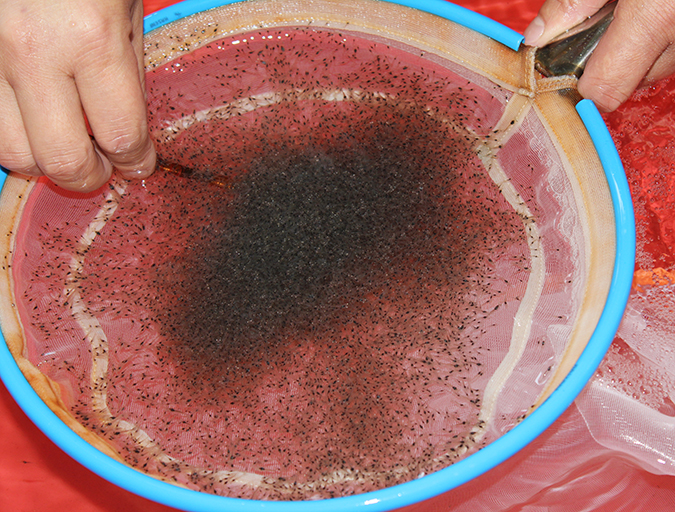
Health & Welfare
Shrimp postlarvae acclimation before stocking into the various growout systems (ponds, raceways, tanks) is a critical – and often overlooked, sometimes taken for granted – step in the shrimp culture process. Various water quality parameters should be changed slowly so that the young shrimp have the time to gradually adapt to the new conditions.
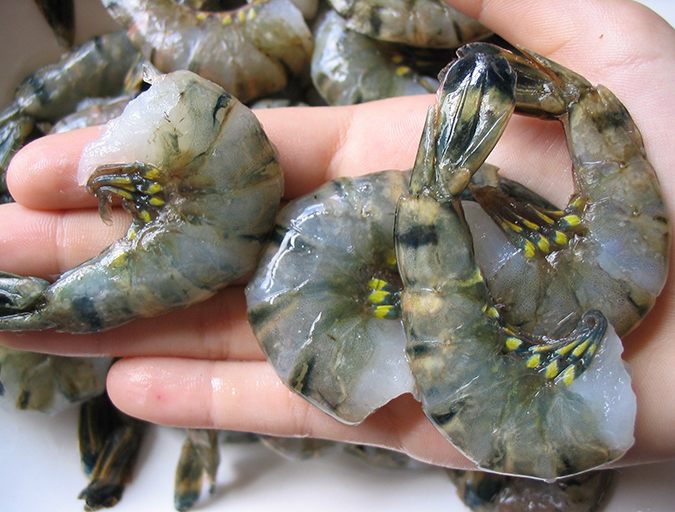
Intelligence
La encuesta de producción GOAL 2016 para la industria mundial de camarón cultivado mostró una fuerte recuperación en 2014 (creció el 10 por ciento a 4,18 millones de toneladas métricas), seguido de un descenso de la producción en 2015 (5,4 por ciento) y con una recuperación que finalmente deberá ocurrir durante 2016 y 2018 a una tasa anual de crecimiento de aproximadamente el 3,9 por ciento.

Intelligence
The GOAL 2016 global shrimp production survey showed a strong rebound in 2014 (up 10 percent to 4.18 MMT), followed by a decline in 2015 (down 5.4 percent) and another recovery forecast for the next three years. Global production is expected to reach around 4.44 MMT in 2018, barring a new disease crisis.